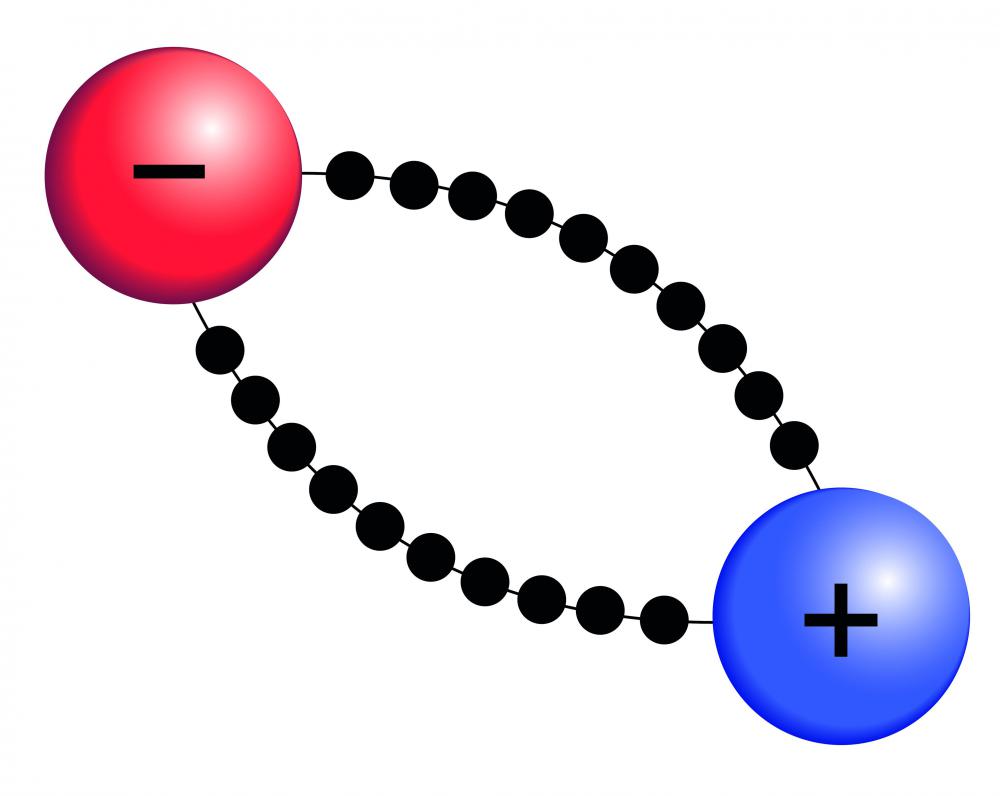At WiseGEEK, we're committed to delivering accurate, trustworthy information. Our expert-authored content is rigorously fact-checked and sourced from credible authorities. Discover how we uphold the highest standards in providing you with reliable knowledge.
What are the Different Types of Cathode Materials?
Cathode materials are usually the limiting factor when it comes to making reliable lithium-ion batteries. With rechargeable batteries in ever-increasing use, scientists continue to seek cathode materials that combine high output with safe operation. A variety of materials are used, depending on the application. Batteries for consumer appliances have long used cobalt oxide as their main cathode material, and iron phosphate is in demand for electric car batteries.
Desirable qualities in cathode materials are that they involve a reversible reaction that can produce a rechargeable battery, and that this reaction doesn't cause a phase change among any of the materials involved. The extra energy required to change materials between their gas, liquid and solid phases makes it impractical to design a battery that involves such a change. Early versions of rechargeable lithium batteries used molten sulfur as a cathode, surrounded by molten salt that was 842 degrees Fahrenheit (450 degrees Celsius). These batteries could provide a high output, but keeping the liquid materials separated was too much of a problem. Researchers have looked for a practical method of using sulfur as a cathode material.

One of the difficulties in developing better cathode materials is their inherent volatility. In order for the battery to function, the cathode needs to have a strong electrical charge with respect to the other electrode, the anode. This requires a substance with a high oxygen content. Such material is potentially very combustible, especially when combined with the heat that is often associated with the chemical reaction that takes place within a battery.
This is one of the reasons for the interest in sulfur compounds for cathodes. Sulfur has oxygen's electrical qualities without its volatility. The problem with sulfur compounds is that they produce cathodes with shorter lifespans, because their chemical reactions leave byproducts that dissolve into the electrolyte material that separates the two electrodes.
In the early 1970s, a new group of compounds emerged that drew the attention of researchers who had given up on the idea of using molten sulfur. The lightest of these compounds, titanium disulfide, was commonly used during this decade. It was replaced in about 1980 by lithium cobalt oxide, which produced the first truly successful lithium-ion battery.
Cobalt oxide is the dominant cathode material in the marketplace and is commonly used in the rechargeable batteries of cellphones and laptop computers. In medical equipment such as cardiac defibrillators, silver vanadium oxide is commonly used for the cathodes. This type of battery has silver as a byproduct of its chemical reaction, and this improves the battery's conductivity.
Iron phosphate, and to a lesser extent lithium titanate, have drawn attention from auto manufacturers as potential cathode materials for electric car batteries. One reason for this is because batteries with cathodes made from these compounds can be quickly charged in as few as 10 minutes. Cells with cathodes made of nickelate have the highest energy density. This high energy density means that they are inherently not as safe as iron phosphate or lithium titanate batteries.
AS FEATURED ON:
AS FEATURED ON:











Discuss this Article
Post your comments